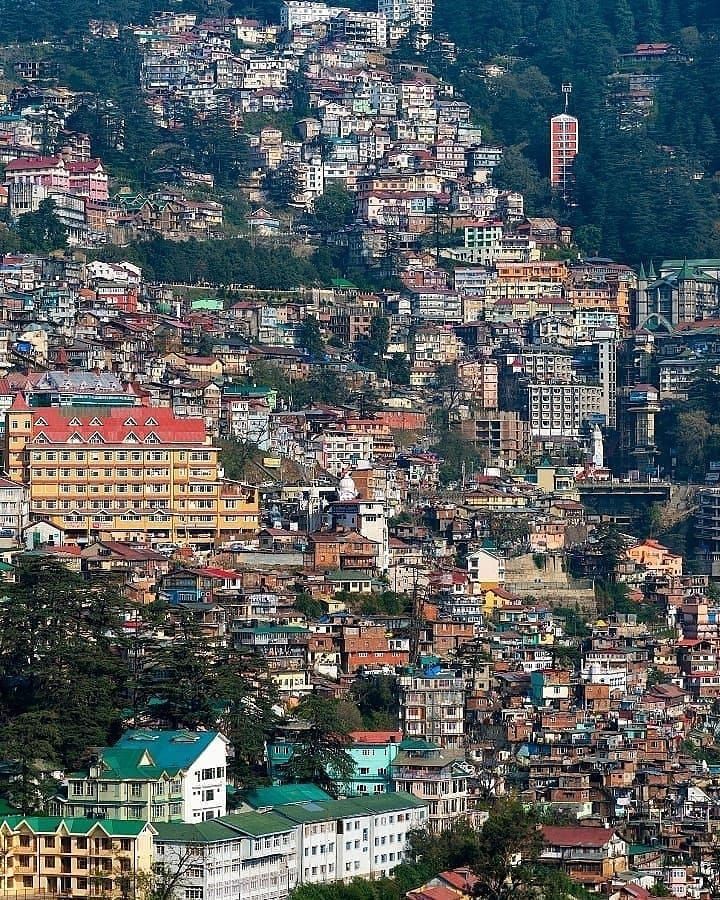Himachal Pradesh: Understanding the Flood Situation in Chamba
Himachal Pradesh, a picturesque state in northern India, is renowned for its stunning landscapes and vibrant culture. However, like many regions in the world, it faces challenges due to natural disasters, particularly floods. Chamba, a district in Himachal Pradesh, has been significantly impacted by fluctuations in water levels, leading to flood situations that affect the local communities.
The Geography of Chamba
Chamba is nestled in the Himalayan mountains, making it prone to heavy rainfall, especially during the monsoon season. The region is crisscrossed by several rivers, including the Ravi and its tributaries. These rivers, while essential for the local ecosystem and agriculture, can also be sources of devastation when their water levels rise rapidly.
Causes of Flooding
Several factors contribute to the flooding in Chamba:
1. Monsoon Rains : The primary cause of flooding in Chamba is the intense monsoon rains. The heavy downpours can cause rivers and streams to overflow their banks, inundating nearby areas.
2. Snowmelt : In the summer months, melting snow from the higher altitudes can significantly increase water levels in rivers, contributing to the risk of floods.
3. Deforestation : Over the years, deforestation has reduced the region’s capacity to absorb rainwater, leading to increased surface runoff and higher chances of flooding.
4. Climate Change : Changes in global weather patterns have made monsoon rains more erratic and intense, exacerbating the flood situation in Chamba.
Impact of Flooding
The floods in Chamba have far-reaching impacts:
1. Human Lives : Floods can result in loss of life and injuries. Displaced families often face hardships in temporary shelters.
2. Agriculture : The agricultural sector, which is the backbone of Chamba’s economy, suffers greatly. Flooded fields can destroy crops, leading to food shortages and financial losses for farmers.
3. Infrastructure : Roads, bridges, and buildings are often damaged or destroyed by floodwaters. This disrupts communication and transport, hindering rescue and relief efforts.
4. Environment : Floods can cause soil erosion, loss of biodiversity, and long-term damage to the natural landscape.
Measures for Mitigation
Efforts are being made to mitigate the effects of flooding in Chamba:
1. Early Warning Systems : Implementing advanced weather forecasting and early warning systems can help prepare communities for impending floods.
2. Afforestation : Planting trees and preserving forests can help







